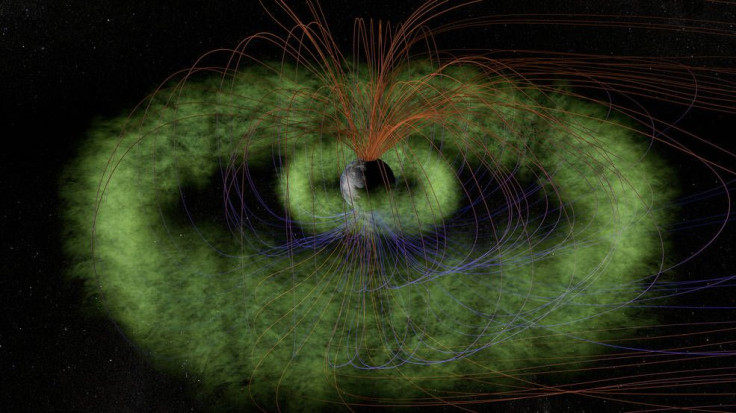Listen To Whistler Waves NASA Recorded From Space

Researches have made a breakthrough discovery about the impulsive electron loss that happens in the Earth’s upper atmosphere. A paper on the research was published in the Geophysical Review Letters on Wednesday and details the scientific discoveries two spacecraft made about the loss and its cause, according to NASA.
The Cubesat FIREBIRD II was one of those craft that recorded the electron microburst when it happened. The craft observed the microbursts from its place orbiting 310 miles above Earth while one of the Van Allen Probes that orbits a bit higher up was able to capture a rising-tone lower band chorus. That chorus of waves had the duration and cadence highly similar to those of the microburst that the FIREBIRD had captured. The Van Allen Probes travel in a wide orbit high above the planet, meaning they have a different vantage point than the FIREBIRD does.
The two satellites were able to record the whistler mode chorus, or the waves of fluctuating electric and magnetic fields, and the moving electrons at the same time, something they have never done before. Meanwhile, no other waves were recorded at the same time that could further explain what was going on to cause the bursts or the waves. This was the closest conjunction ever recorded of the chorus and microbursts and led the researchers to believe that the two are closely linked and have a direct relationship.
The data collected also produced a recording of whistler waves published on Soundcloud and researchers believe it’s these waves, or the chorus, that are causing the bursts and scattering of the electrons.
The chorus sounds sort of sounds like a background of chirping birds with a bunch of space lasers or spaceships from a video game of some sort flying around as well. That noise is the chorus of plasma waves in space and the rapid loss of energetic electrons, meaning the way the high-energy electrons are tossed around space has to do with the chorus waves. The Van Allen Probes and the FIREBIRD II made these observations on the same day in January and will hopefully help researchers further understand and predict space weather.
In addition to sounds of the chorus, NASA has plenty of other recordings on its Soundcloud account. There you can listen to the sounds of different planets, atmospheres and even the sounds of Cassini bringing up its shields as it embarks on its death.
© Copyright IBTimes 2024. All rights reserved.





















